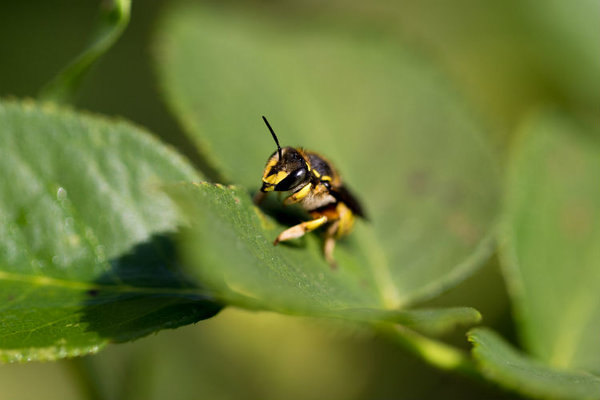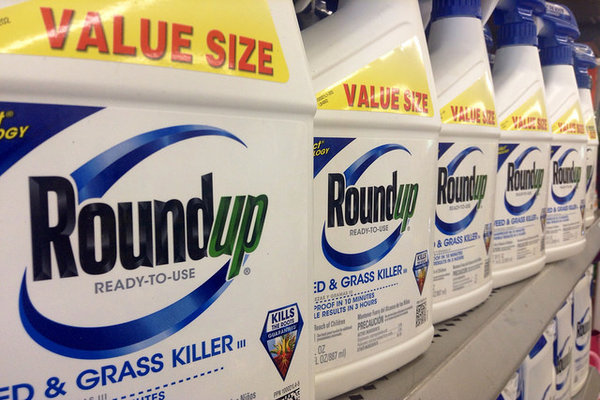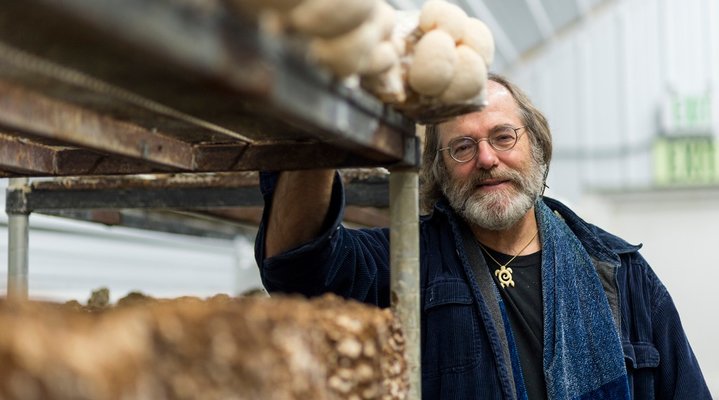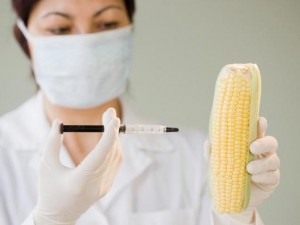Bumblebees are dying all over the world — the United States has even added one species of bee to the endangered species list as of the beginning of 2017. Why are bumblebees dying, and what sort of impact will that have on agriculture? Colony collapse disorder is one of the main things being blamed for the drop in bumble bee populations. This occurs when the worker bees disappear from a bee hive — the queen and immature bees are left behind, but there are no workers left to collect food. Without the food resources provided by worker bees, a hive cannot survive, so the immature bees and the queen eventually die off, causing the whole structure of the hive to collapse. Other than eliminating the pesticides that are killing our bees, how can you help protect the bees that make our produce section possible? Here are three ways.
Continue reading... →Typically we take for granted the safety of cotton products such as gauze, bandages, swabs, pads, wipes — and even feminine products, like tampons and sanitary pads. But a 2015 Argentinian study should give us pause for thought. As it turns out, researchers from the University of La Plata found that a vast majority of these products contain glyphosate, the main ingredient in Monsanto’s wildly popular Roundup herbicide and the same chemical that’s considered a “probable carcinogen” by the World Health Organization. If that’s not enough to get your attention, glyphosate is also associated with IQ loss/intellectual disability, autism, attention-deficit hyperactivity disorder, obesity (both child and adult), diabetes, infertility and cardiovascular disease. Needless to say, this isn’t the kind of chemical you want absorbed by wounds, or worse, through the vagina.
Continue reading... →In 2006, a patent was granted to a man named Paul Stamets. Though Paul is the world’s leading mycologist, his patent has received very little attention and exposure. Why is that? Stated by executives in the pesticide industry, this patent represents “the most disruptive technology we have ever witnessed.” And when the executives say disruptive, they are referring to it being disruptive to the chemical pesticides industry.
Continue reading... →
In her keynote speech at last year’s annual Netroots Nation gathering, Darcy Burner pitched a seemingly simple idea to the thousands of bloggers and web developers in the audience. The formerMicrosoft MSFT +0.6% programmer and congressional candidate proposed a smartphone app allowing shoppers to swipe barcodes to check whether conservative billionaire industrialists Charles andDavid Koch were behind a product on the shelves.
NEWSFLASH! Rats fed a lifetime diet of Monsanto’s genetically modified corn or exposed to its top-selling weedkiller Roundup suffered tumours and multiple organ damage, according to a French study published on Wednesday.
Continue reading... →
Researchers at Beelogics, a leading bee research firm, identified pesticides as a leading contributor to declining bee populations. In late September of 2011, Monsanto, a major producer of genetically modified foods, bought the Beelogics firm for an undisclosed sum. It now seems likely that Monsanto’s funding will manipulate research to point the blame away from chemicals used in GMO food production.
The bee decline affects all U.S. citizens. Bees are responsible for pollinating 1/3 of U.S. crops and are essential to sustaining our ecological lifespan. It is vital that researchers can identify the true cause of the decline so that responsible citizens can learn how to help the bee population.
If the USDA uses Monsanto-funded research from Beelogics, it will essentially be sacrificing scientific integrity for corporate interests. Please support the truth of scientific research and tell the USDA not to use research funded by Monsanto.
Continue reading... →



